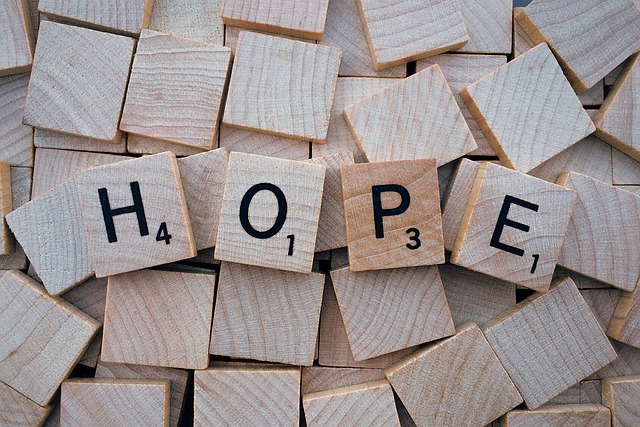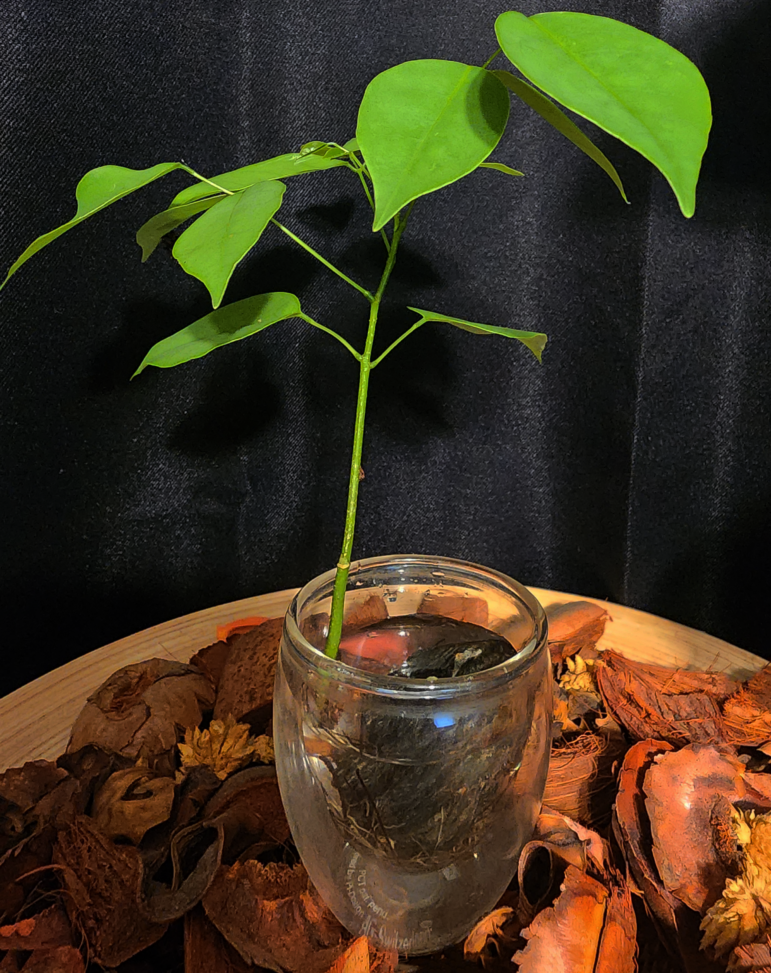TWH – One central outcome of visualization practice is to create new possibilities. The envisioning of change, and even a step-by-step imagination of how the change will happen, is often central to magickal practice. As Aristotle wrote, “Hope is a waking dream.” New psychological research pre-published this week in the scientific journal Emotion says that’s a good strategy for strengthening hope.
The researchers introduce their findings by asking the reader to consider the emotional experiences of the following individuals: someone purchasing a lottery ticket on the day of a massive jackpot drawing, a researcher submitting an application for a significant grant, a couple facing fertility challenges waiting for a phone call with the results of an in vitro fertilization attempt, and an evacuee awaiting news on whether a hurricane has destroyed their home. While their levels of apprehension may vary, all of these individuals are likely experiencing the same positive emotion: hope. Each might describe themselves as “hoping for the best,” even though their only option is to wait.
The researchers also note that despite the prevalence of hope and its common presence in helping us cope with difficult situations, it is tremendously understudied.
Recognizing that psychology has largely overlooked the emotional qualities of hope, researchers from the University of Missouri argue that hope is a distinct emotion. Within the “mood-as-information framework,” they propose that hope can act as an adaptive emotional response, serving as a bridge to desired outcomes that are uncertain or far in the future, while supporting effective self-regulation. In other words, when the outcome is unknown, experiencing hope can help sustain and reinforce us until a result is known.
This perspective on hope as an emotional state contrasts with the dominant literature, which often views hope as either a motivational drive toward achieving a goal or a belief in one’s ability to attain that goal. The researchers point out, however, that “Life experience tells us that the feeling of hope can exist even when making progress toward a goal is impossible.”

Courtesy of Maxpixels
To better understand this phenomenon of hope as emotion, the researchers set out to explore whether they could experimentally induce this positive mood state. If successful, such an induction could offer a valuable tool for helping people navigate difficult times when a desired outcome remains uncertain but still possible.
There are various ways to induce emotions, including music, memories, and images. Visual images, particularly those linked to hope, are powerful emotion triggers. Natural scenes like sunrises or rainbows, symbols like the semicolon for suicide survivors, and religious icons such as doves represent hope. Children, as John F. Kennedy noted, embody hope for the future. Many religions connect hope to birth and new life, and children, with their potential for innovation and progress, symbolize future possibilities.
Philosopher Whyman argued that hope exists not for the present, but for future generations who may solve global challenges. Franz Kafka wrote: “This pure feeling I have and my certainty of what has caused it: the sight of the children…the rousing music, the marching feet. A feeling of one in distress who sees help coming but does not rejoice at his rescue—nor is he rescued—but rejoices, rather, at the arrival of fresh young people.”
So, the researchers settled on images of children and young creatures and then began some randomized trials.
In a series of seven studies involving 3,357 adults, researchers manipulated online presentations of images aimed at generating hope. The studies compared photos of infants versus adults (e.g., sleeping or crying), baby-related versus adult-related objects, and photos of trees versus saplings, as well as puppies versus dogs. Participants rated their emotions on a 1 to 7 scale for feelings such as happiness, hopefulness, sadness, and worry, and completed specific scales measuring hope. The key comparison was between feelings of “hopeful” and “happy.” Additionally, non-college student participants answered how hopeful they felt about winning a raffle.

The results confirmed the prediction that photos of infants and saplings generated stronger feelings of hope than those of adults and trees, even when controlling for happiness and parental emotions. However, puppies versus dogs did not produce the same effect. The study’s conclusion emphasized that images closely tied to the future, like infants and tree saplings, were most effective at inducing hope.
Interestingly, this induction of hope through images did not affect participants’ general levels of hopefulness or their belief in winning the raffle, suggesting that while reminders of the future may boost momentary hope, shifting an individual’s overall perspective is more challenging.
But it does suggest that presenting such images and reminders may boost our ability to use hope as an adaptive emotion to fend off frustration, judgment, and discouragement, as well as strengthen our overall positive mood and heal our armor against all the challenges we face daily.
And now for a hopeful song,
The Wild Hunt is not responsible for links to external content.
To join a conversation on this post:
Visit our The Wild Hunt subreddit! Point your favorite browser to https://www.reddit.com/r/The_Wild_Hunt_News/, then click “JOIN”. Make sure to click the bell, too, to be notified of new articles posted to our subreddit.
